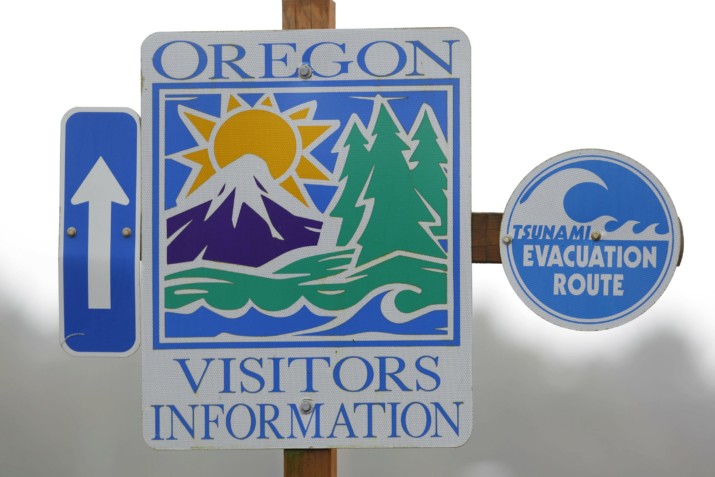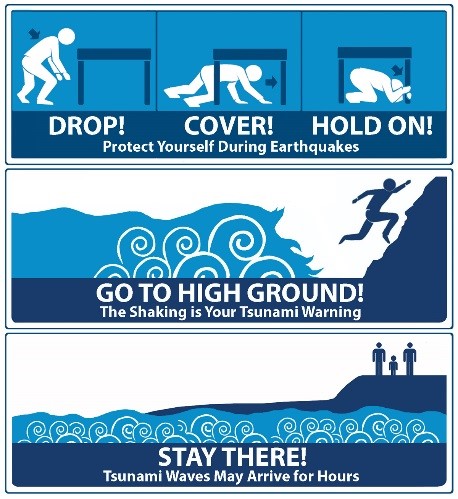Manzanita, OR. It’s quiet as the sun sets on the Oregon Coast. The National Tsunami Warning Center had issued an advisory for the Oregon and Washington coasts Saturday on January 15th after a large underwater volcano erupted near an island in the South Pacific. It happened around 8:30 p.m. Friday near Tonga, prompting tsunami warnings for the island and advisories for New Zealand, Oregon, Washington, California, Alaska, and Hawaii.

Many Oregon beaches, like this one in Manzanita, had an abundance of sea foam in the wake of the Pacific waters churning on January 15th. Sea form is created when dissolved organic matter in the ocean is churned up.

The advisory had many who live and visit coastal areas brushing up on their Tsunami preparedness plans.
Below is some information and there are links to resources that are applicable to specific areas.
OEM has published a downloadable tsunami evacuation drill guidebook to help communities plan and recover from a tsunami. ( Tsunami Evacuation Drill Guidebook )
How to Plan a Community-Wide Tsunami Evacuation Drill

- National Tsunami Warning Center
- Online tsunami evacuation zone viewer
- Tsunami Safety Information
- Oregon Tsunami Clearinghouse
- Living on Shaky Ground (English) (Spanish)
- Go-Kit booklet (English) (Spanish)
- Without Warning: Tsunami (English) (Spanish)
- Marine preparedness brochure
- Tsunami Preparedness in Oregon (YouTube)
- Waves (YouTube)
- Tsunami: be Prepared and Stay Safe! (YouTube)
- Tsunamis: Know What to Do! (for Kids) (YouTube)
- TsunamiSafe: an OEM program to help educate visitors and the hospitality industry about the tsunami hazard on the Oregon Coast.
- QuakeSmart
















